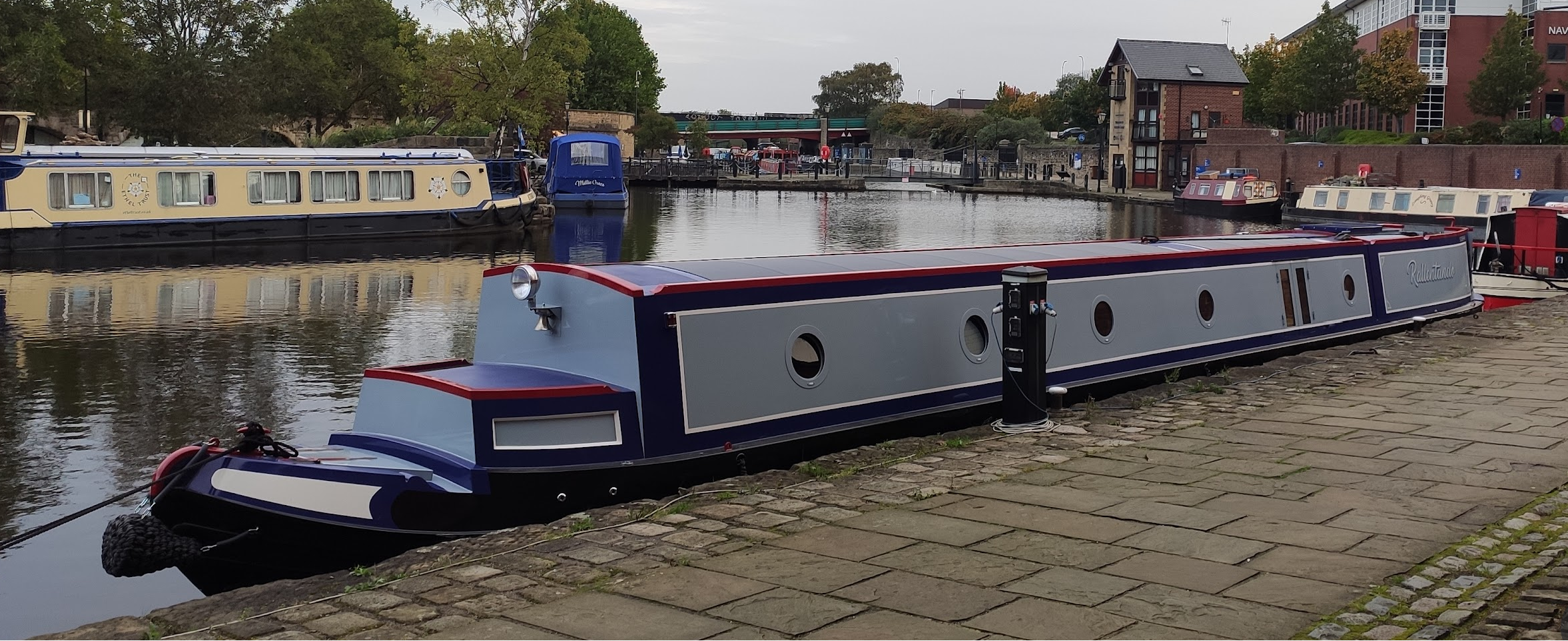BYD -- who are the world's biggest LFP manufacturer, *hundreds* of times bigger than Victron, and make their own cells and BMS from scratch -- start to reduce charge rate below +12C but allow charging at reduced rates all the way down to -10C, see numbers I gave above.
The low-temperature requirement is driven by off-grid domestic installs in cold countries which is a *huge* market, far bigger than boats, and that's what pushed BYD allow lower-temperature charging -- they updated their software about 3 years ago to do this.
I'm sure Victron -- who are much smaller and relatively new to the LFP game, but still far bigger and better-resourced than the small cheap BMS manufacturers -- will catch up eventually, because that's what their markets will demand... 😉




